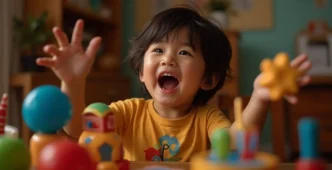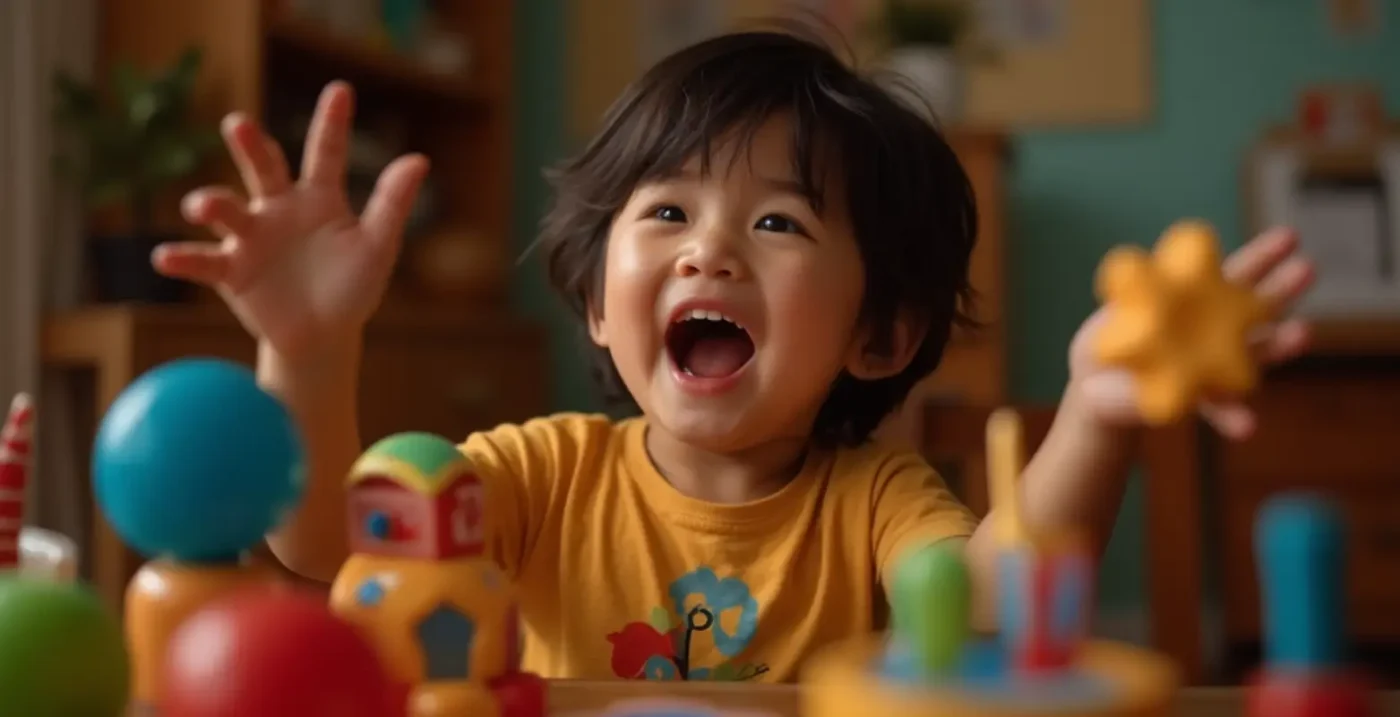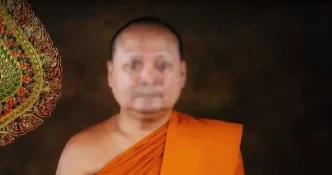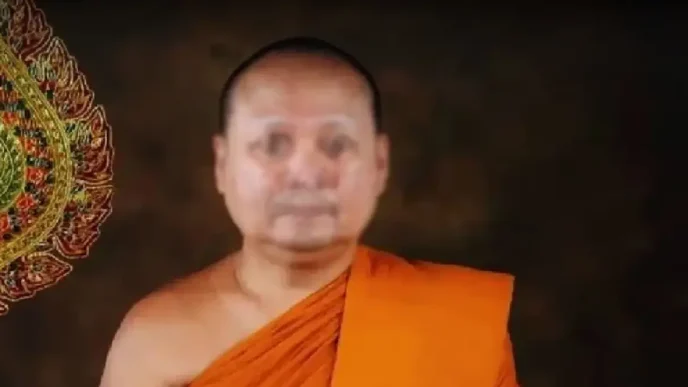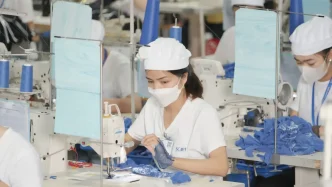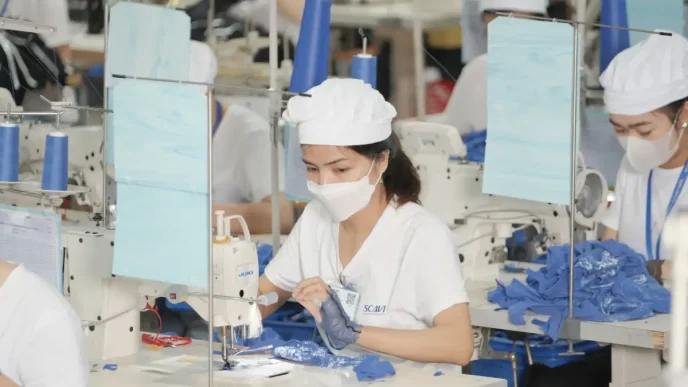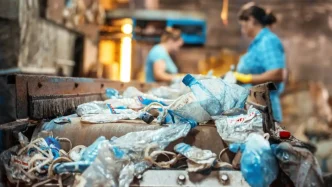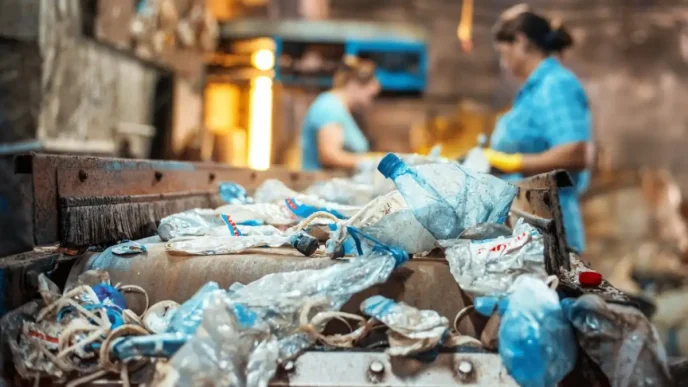In the heart of Vietnam’s capital, the National Hospital of Acupuncture in Hanoi is pioneering a unique blend of traditional Eastern medicine and modern therapeutic techniques to support children with autism spectrum disorder (ASD). For families grappling with the challenges of autism, this integrative approach is offering a renewed sense of hope, with many young patients showing remarkable progress in communication and social skills.
A Transformative Journey for Families
Among the hospital’s success stories is a young boy from Lào Cai Province, referred to as P.Đ.D. to protect his privacy. At just 33 months old, D. was brought to the hospital by his family, who were deeply concerned about his lack of speech and social engagement. “He wasn’t speaking at all. He wouldn’t turn his head when we called him, like he couldn’t hear us” recalled his grandfather, K. “He rarely made eye contact, walked on his tiptoes, loved to spin around and climb everything, and showed signs of intellectual delay.”
Desperate for solutions, the family turned to the Hanoi-based hospital, renowned for its innovative combination of acupuncture, massage, and traditional therapies with modern speech and language interventions. Over the past two years, D.’s family has made the hospital a second home, accompanying him through intensive 21-day treatment cycles. Each day involved a demanding schedule of acupuncture, therapeutic massage, pressure point stimulation, and communication exercises. “Every day was a test of willpower” K. admitted. “We were driven by love for D., but also had to cope with the disruptions to our family life.”
The perseverance has paid off. By the age of four, D. could speak and respond when called. His hyperactivity diminished, and he began making eye contact during conversations. His teachers noted significant improvements during intervention sessions. “From a child who couldn’t speak, whose cognitive development was like that of an infant, and who used to run and jump uncontrollably – after nearly three years of consistent treatment, he has come a long way” K. shared with pride. The family plans to continue treatment until August, ensuring D. can start first grade with confidence alongside his peers.
Blending Ancient Wisdom with Modern Care
At the National Hospital of Acupuncture, traditional Eastern medicine is seamlessly integrated with contemporary therapies to address the complex needs of children with ASD. Over the past several years, thousands of young patients have benefited from this holistic approach. Dr. Nguyễn Tuấn Anh, deputy director of the hospital’s Centre for the Treatment and Care of Children with Autism and Cerebral Palsy, explained that ASD is a lifelong developmental condition that profoundly affects communication, social interaction, and imaginative play. “Symptoms and severity vary widely” he noted. “No single intervention has been deemed optimal. That’s why we combine multiple methods to maximize treatment outcomes.”
Traditional Eastern medicine focuses on restoring the balance of yin and yang and harmonizing internal organs. Practitioners select specific acupoints tailored to each child’s condition, stimulating these points through techniques like acupuncture, electro-acupuncture, and thread embedding. “Each acupoint connects to one or more organs through energy channels, and stimulation at these points can help regulate physiological functions and address pathological changes” Dr. Tuấn Anh elaborated. This stimulation is believed to influence brain activity, enhance cerebral blood flow, and improve alertness and cognitive function.
The hospital employs a range of non-pharmacological methods, including speech-language therapy, motor therapy, Applied Behavior Analysis, sensory integration therapy, and inclusive education. Six core techniques form the foundation of treatment: electro-acupuncture, aquapuncture, massage and acupressure, auricular acupuncture, thread embedding, and educational intervention. Recognizing that children with ASD often struggle with hyperactivity, early sessions use fewer needles and avoid electrical stimulation to help them adjust. Parents are encouraged to participate, offering comfort through conversation or storytelling during treatments.
The Power of Early Intervention
Dr. Tuấn Anh emphasized the importance of early detection and intervention, particularly during what he calls the “golden window” of development between 18 and 20 months old. “The earlier autism is detected and addressed, the better the results” he said. Common signs of ASD include delayed speech, limited emotional and cognitive development, and poor motor coordination, often noticeable before a child turns three. By 12 months, a child may not babble or point; by 16 months, they may not speak single words; and by 24 months, they may fail to form two-word phrases or make eye contact.
Drawing from thousands of cases, the hospital has reported promising outcomes for children who begin treatment early. However, Dr. Tuấn Anh cautioned that progress requires sustained effort. “ASD treatment is a long-term journey that demands persistence” he stressed. “It’s not something that resolves in weeks or even months. It requires continuous effort.” He also highlighted the critical role of family involvement, noting that parental patience and understanding are vital for a child’s social integration and overall progress.
A Beacon of Hope in Hanoi
For families like D.’s, the National Hospital of Acupuncture represents more than just medical care—it is a lifeline. The hospital’s personalized treatment plans, supported by functional rooms for assessment, individual and group therapy, and family support, ensure that each child receives tailored care. Treatment courses typically span 20 days, followed by a brief rest period, allowing families to adapt to the intensive schedule.
As awareness of autism grows in Vietnam, the hospital’s innovative approach is shedding light on the potential of traditional medicine to complement modern therapies. While challenges remain, the progress of children like D. serves as a powerful reminder of what dedication and holistic care can achieve. For Hanoi’s families, each small victory—whether a first word or a shared glance—marks a step toward a brighter future.

